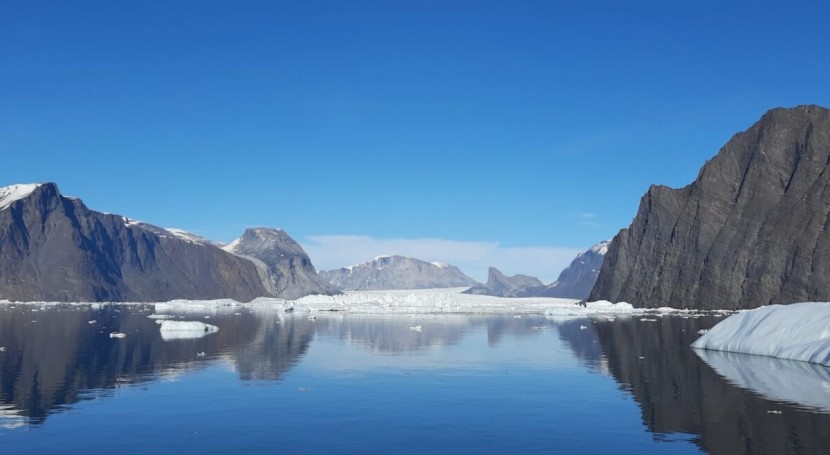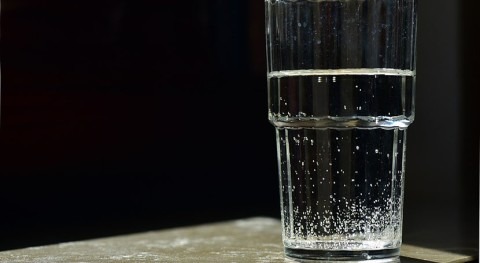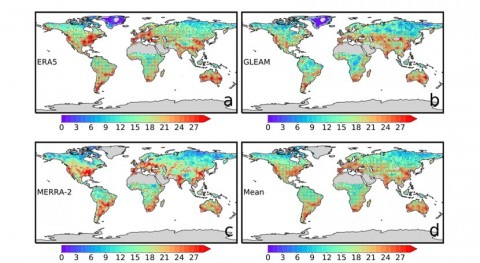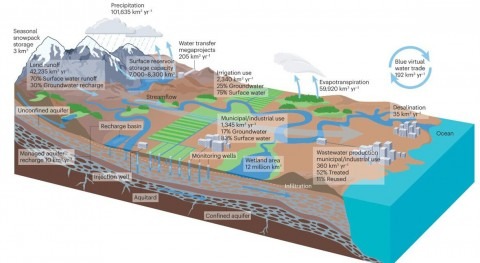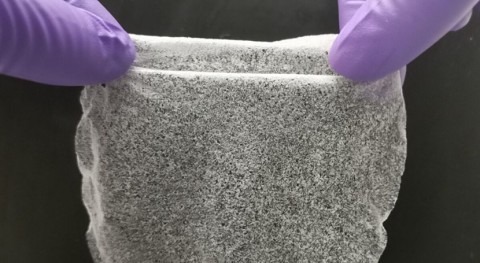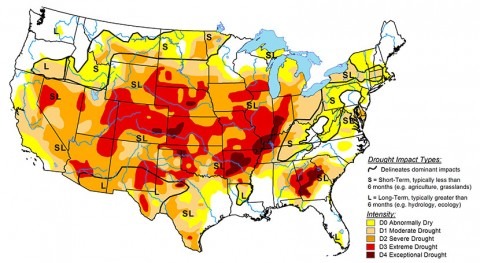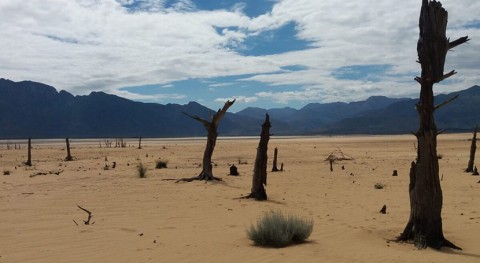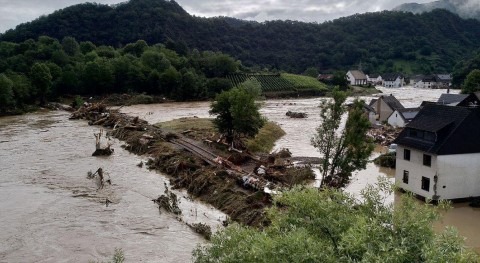A computer model has been created by researchers at the Oden Institute for Computational Engineering and Sciences at The University of Texas at Austin that determines the rate at which Greenland’s glacier fronts are melting.
Published in the journal Geophysical Research Letters, the model is the first designed specifically for vertical glacier fronts – where ice meets the ocean at a sharp angle. It reflects recent observations of an Alaskan glacier front melting up to 100 times as fast as previously assumed. According to the researchers, the model can be used to improve both ocean and ice sheet models, which are crucial elements of any global climate model.
“Up to now, glacier front melt models have been based on results from the Antarctic, where the system is quite different,” said lead author Kirstin Schulz, a research associate in the Oden Institute’s Computational Research in Ice and Ocean Systems Group (CRIOS). “By using our model in an ocean or climate model, we can get a much better idea of how vertical glacier fronts are melting.”
The melting of the Greenland ice sheet is a major predictor of sea level rise. This frozen stretch of glaciers is the second-largest on Earth and covers about 80% of the Nordic nation. If it melts entirely, as it did at the height of the Eemian interglacial period about 125,000 years ago, global sea levels could rise by 20 feet – or approximately 6.1 meters.
For decades, the danger of falling ice kept oceanographers away from the jagged cliffs of Greenland’s glacier fronts, forcing them to base their simulations on the stable ice shelves that buttress Antarctica.
“For years, people took the melt rate model for Antarctic floating glaciers and applied it to Greenland’s vertical glacier fronts,” Schulz said. “It was the best we could do given the limited observations. If it was wrong or right, who knew? But there is more and more evidence that the traditional approach produces too low melt rates at Greenland’s vertical glacier fronts.”
Schulz and co-authors An T. Nguyen and Helen Pillar took a different route. In designing their model, they incorporated the unique physics of Greenland’s glacier fronts and fed it data taken closer to a vertical glacier front than ever before.
Four years ago, Rebecca Jackson at the School of Environmental and Biological Sciences at Rutgers sent robotic kayaks packed with oceanographic sensors to within 400 meters of Alaska’s LeConte Glacier, where people dare not tread. Her data set painted an unexpected picture: The LeConte glacier front was melting 100 times as fast as existing glacier melt models could predict. With this data set in hand, Schulz joined forces with Nguyen and Pillar to develop a better model. Taking into account the steep incline at which Greenland’s glacier fronts hit the ocean, they considered a new set of equations to describe the melt rate.
“Ocean climate model results are highly relevant for humankind to predict trends associated with climate change, so you really want to get them right,” Schulz said. “This was a very important step for making climate models better.”


